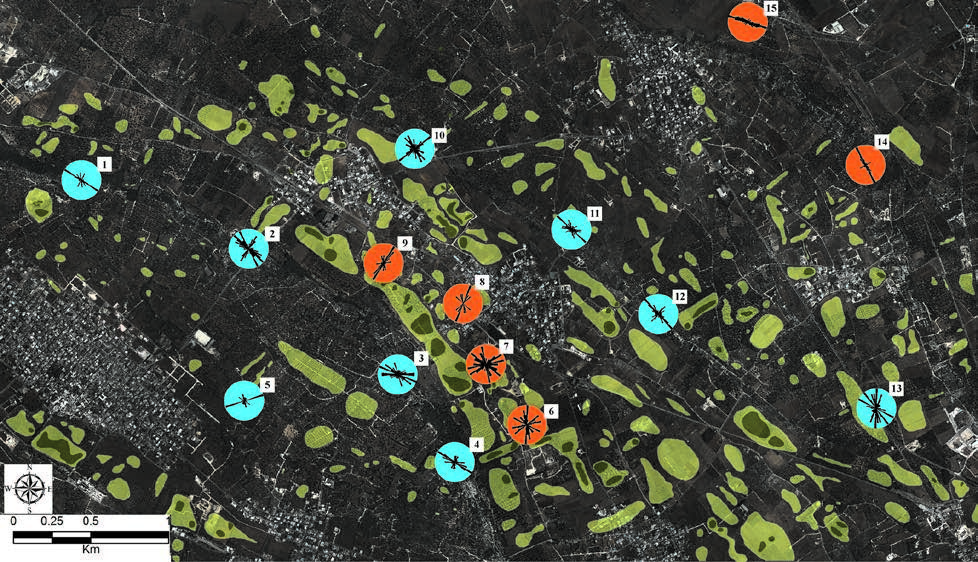Structural control on development of karst landscape in the Salento Peninsula (Apulia, SE Italy)
DOI:
https://doi.org/10.3986/ac.v43i1.643Abstract
Apulia region (SE Italy) is particularly prone to karst processes, due to the extensive presence of carbonate rocks. Karst marks the whole region, and represent the main landscape features, with a variety of landforms ranging from large-size dolines, to poljes, and fluvial-karstic valleys; given the configuration of Apulia, a great role is also played by coastal karst landforms. The Salento peninsula, in southern Apulia, is characterized by very low relief and cropping out of different types of carbonate rocks, ranging in age from Cretaceous to Quaternary. Recognition of karst features in this setting, and the likely implications for geohazards, is quite difficult, because of the subtleness of the features, and the facility for man to cancel or modify them. Nevrteheless, the presence of dolines is definitely a typical aspect of the area, which also implies some consequences in terms of risk to the built-up environment.
This work focuses on the area of Barbarano del Capo, where two cover-collapse dolines are well known in the geological literature as Vora Grande and Vora Piccola. Despite morphometrical and stratigraphical features have already been investigated, few information are available about the hydro-geomorphological and structural settings of the area. This article presents the results of morphological and structural analyses, aimed at understanding the role played by tectonics in the development of karst features, and their evolution.Downloads

Downloads
Published
How to Cite
Issue
Section
License
Authors guarantee that the work is their own original creation and does not infringe any statutory or common-law copyright or any proprietary right of any third party. In case of claims by third parties, authors commit their self to defend the interests of the publisher, and shall cover any potential costs.
More in: Submission chapter




